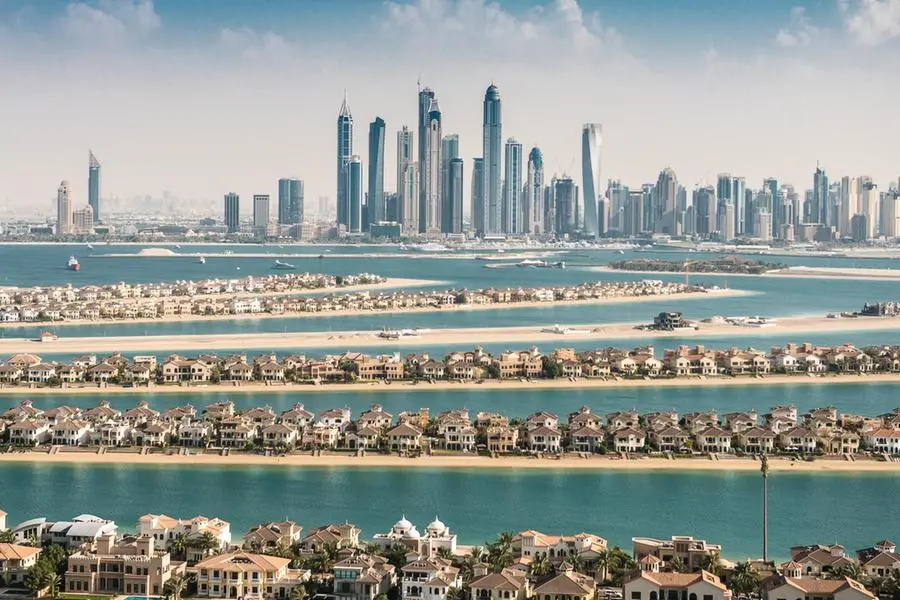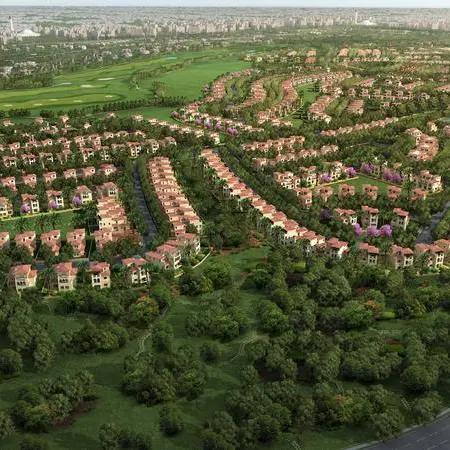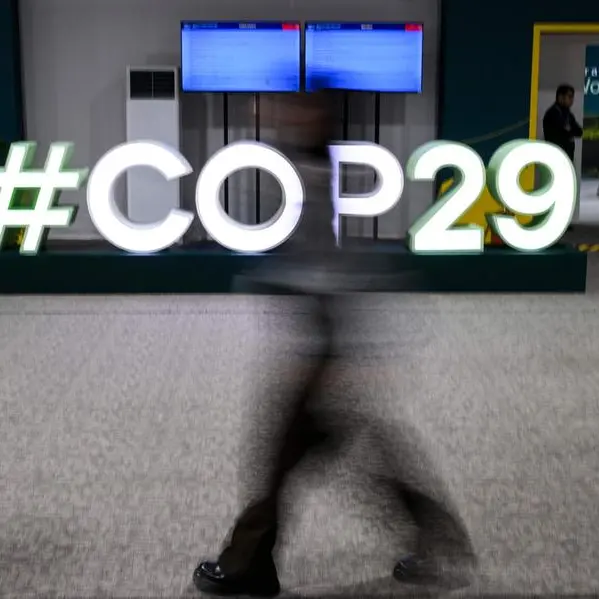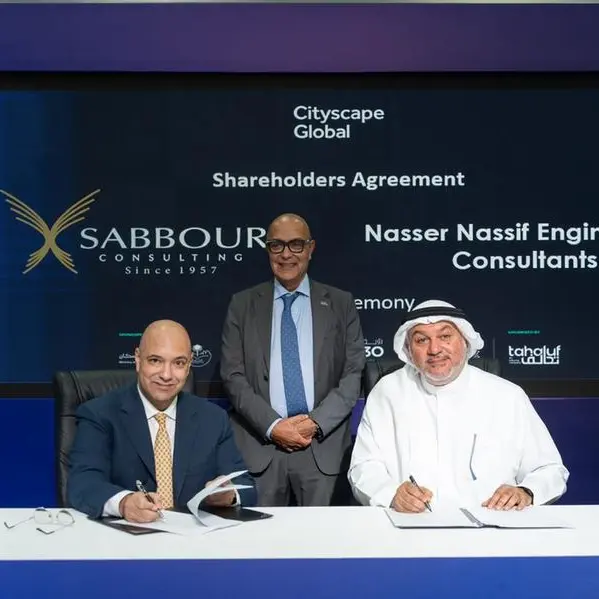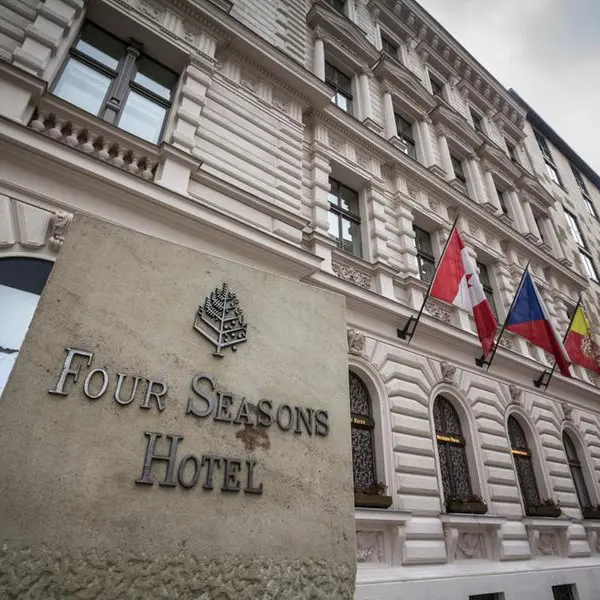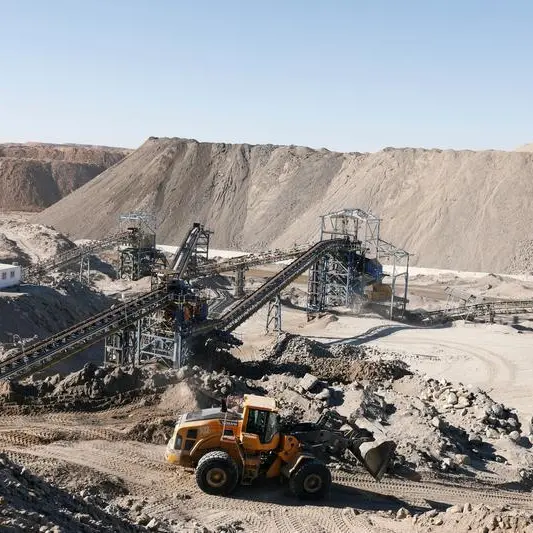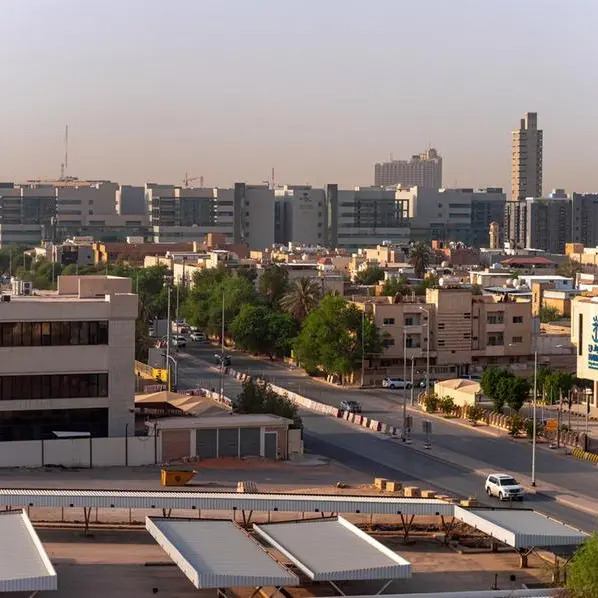PHOTO
While the Dubai property market is making headlines with mega deals, it faces some headwinds in the form of inflation, cost of borrowing, and supply chain issues that could impact demand. In an exclusive interview with Zawya Projects, D&B Properties’ Group CEO Adham Younis discusses current market trends and the factors driving the resurgence in demand.


What’s your take on the Dubai property market as it seems to have almost fully recovered from the slump caused by the pandemic?
It is evident that the Dubai real estate market has shown significant growth and a surge in activity across all sectors. Dubai’s resilience during the pandemic projected a highly enticing image for investors, signifying the city’s economic stability and upward trajectory of transactional performance in real estate. The city was one of the first to open its borders post-Covid 19, and this gave an incredibly positive message to foreign investors across the globe, who made the decision to relocate and invest in the market, especially within the luxury market.
Given that there remain some headwinds, what should be the approach of buyers and developers for at least the time being?
The current market is very optimistic, and the Dubai market is experiencing record numbers as new investors come into the market. In third quarter 2022 alone, there were over 69 billion UAE dirhams worth of sales transactions recorded by the Dubai Land Department, which depicts a 65 percent increase compared to the year-ago period, which recorded 42 billion dirhams.
FIFA World Cup Qatar 2023 and the upcoming festive winter season indicate up to 100 percent occupancy in the hotel industry. We anticipate an increase in investor interest and tourism toward the end of the first quarter of 2023, upon which we expect the numbers to be stable until the summer of 2023.
By then, the supply chain and oil prices are expected to stabilise, and inflation numbers should decrease as the world adjusts to the new post-Covid pandemic atmosphere.
What’s your assessment of the emirate’s demand-supply scenario – are they in sync? Do you expect prices to correct further?
We believe there are three markets that have evolved in Dubai: the general market, the luxury market, and more recently the ultra-luxury market. The general market has sufficient supply to take in new demand, whilst the luxury market has a new supply being created to cater to growing demand.
The ultra-luxury market, at the moment, is facing paucity of supply, hence buyers are witnessing big price increases and record-breaking deals in these areas.
At D&B, we believe that the ultra-luxury market prices will continue to grow as demand outweighs supply, the luxury market to slow down on price increases, and the general market to stabilise as the new year starts.
How has the market dynamic changed post-pandemic?
The most significant change has been the increase in demand for residential properties, as more people are looking to purchase their own homes rather than renting. This has led to a sharp increase in prices, and many developers are now offering attractive payment plans to entice buyers.
Another trend that has emerged is the growth of the luxury market, as more people are looking for high-end properties with premium amenities. In addition, there has been an increase in demand for off-plan properties, as investors are seeking to take advantage of the current market conditions.
What factors are driving this influx of HNWIs and how does it reflect on the emirates’ property sector?
Dubai is not only the wealthiest city in the Middle East & Africa (MENA) region but also ranks 29th in the world, according to New World Wealth. The city is home to over 54,000 HNWIs as well as 165 centi-millionaires and 12 billionaires - all of whom contribute to the country's economy and property sector.
A rise in HNWIs usually means an increased demand for luxurious items. When consumer confidence is strong, investors are more likely to speculate on products like real estate which results in higher interest rates.
Currently, there are not enough luxury residences to meet the demand, which has caused an increase in the prices of commodities. The Palm Jumeirah is a perfect example; even though market sales prices have set new records, there is still a lack of luxurious villas. Property prices in Palm Jumeirah have risen by 5 percent since late 2021, with the average price per square feet in the third quarter of 2022 standing around 4,920 dirhams.
Other areas that offer ultra-luxury properties are the waterfront communities like Dubai Hills Estate, Emirates Hills, Meydan, and Al Barari.
The growth in HNWIs is directly tied to the rising demand for branded residences. These are often 25 percent to 35 percent more expensive with significantly higher capital appreciation as compared to non-branded residences of the same luxury standard, making them somewhat exclusive for Ultra-High Net Worth Individuals (UHNWI). The introduction of the 10-year Golden Visa has attracted more HNWIs to Dubai, and we expect the City to eventually replace New York City and Miami as the top market for branded residences.
(Reporting by SA Kader; Editing by Anoop Menon)
